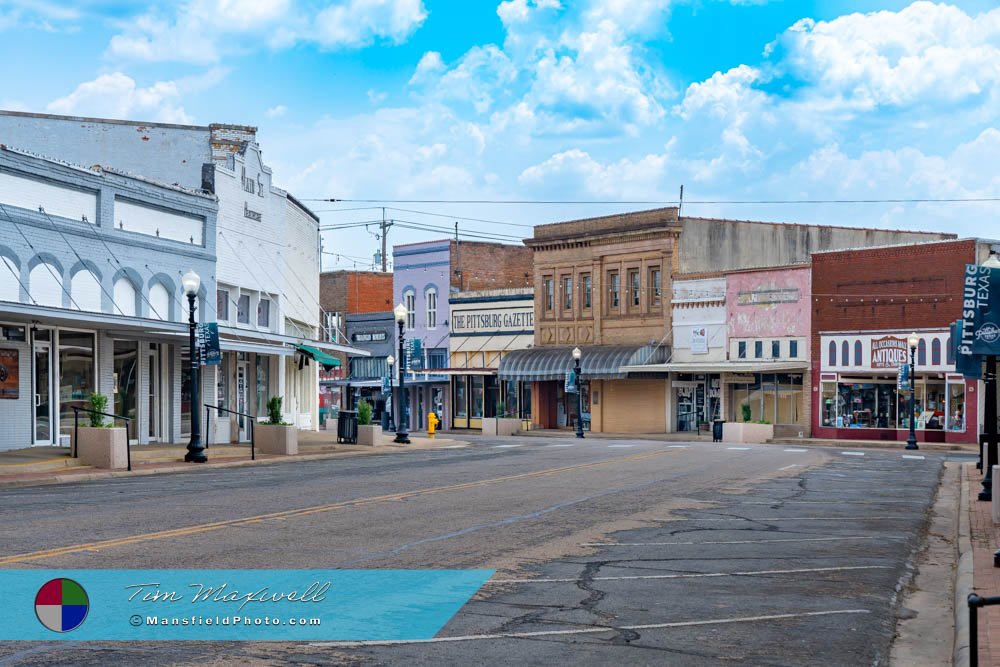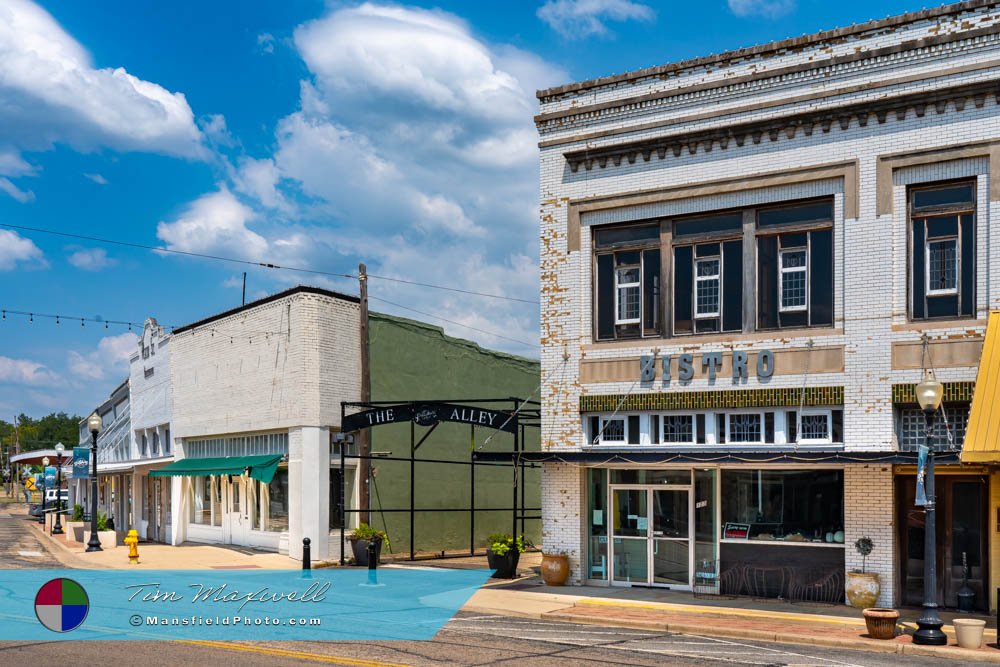Pittsburg, Texas
– Big History and Bigger Surprises.
Found in the piney woods of East Texas, Pittsburg is a charming town with a history rich in innovation, agriculture, and community spirit. Founded in the mid-1800s, this town has managed to retain its small-town charm while continuing to grow and evolve with the times. With a unique place in Texas history and a vibrant present-day atmosphere, Pittsburg offers visitors and residents alike plenty to explore.
Early Days: How Pittsburg Got Its Name
Pittsburg, Texas, was founded in 1855, and its name reflects the ambition of its early settlers. Originally called “Pittsburgh.” The city is named after the family of William Harrison Pitts. The “h” was eventually dropped, simplifying the name to “Pittsburg.” In its early years, the town grew as a center for agriculture, particularly in the production of cotton, which was a key crop in East Texas. With its strategic location near the railway, Pittsburg quickly became an important hub for trade and commerce.
A History of Innovation: The Ezekiel Airship
One of Pittsburg’s most intriguing claims to fame is its connection to the Ezekiel Airship. In the early 1900s, a local preacher named Burrell Cannon built an aircraft prototype, inspired by a vision he had after studying the biblical prophet Ezekiel. Cannon’s creation, the Ezekiel Airship, is believed by some to have flown briefly in Pittsburg in 1902, before the Wright brothers’ historic flight. Though this claim is debated, the town proudly celebrates this piece of aviation history with a replica of the airship on display at the Northeast Texas Rural Heritage Museum.
The Cotton Belt and Pittsburg’s Growth
Two railroad lines were built through the area by 1880, and in 1891 the citizens voted to incorporate their town. This helped spur the growth and development in Pittsburg. With a direct link to markets across the region, the town became a vital shipping point for local goods, particularly cotton and timber. During this time, the town flourished, and its population grew as people moved to the area in search of opportunity.
Present-Day Pittsburg: Small-Town Charm with a Rich Legacy
Today, Pittsburg retains much of its historical charm while embracing the modern era. The downtown area, with its historic buildings and friendly atmosphere, provides a picturesque backdrop for shopping, dining, and exploring. Visitors can take a walk through history at the Northeast Texas Rural Heritage Museum, where they’ll find the famous Ezekiel Airship replica and other artifacts celebrating the region’s past.
In addition to its rich history, Pittsburg is known for its outdoor beauty. Surrounded by scenic lakes and pine forests, the town is a haven for nature enthusiasts. Lake Bob Sandlin State Park, located just outside the town, offers ample opportunities for fishing, camping, and hiking, making it a popular destination for visitors looking to experience the natural beauty of East Texas.
A Blend of History and Modern Life
While Pittsburg may be a small town, it has a lot to offer. Its unique blend of historical significance and modern amenities makes it an appealing destination for those looking to experience the charm of East Texas. Whether you’re drawn by the fascinating history of the Ezekiel Airship or simply looking for a peaceful escape, Pittsburg is a town that promises to surprise and delight with every visit.




